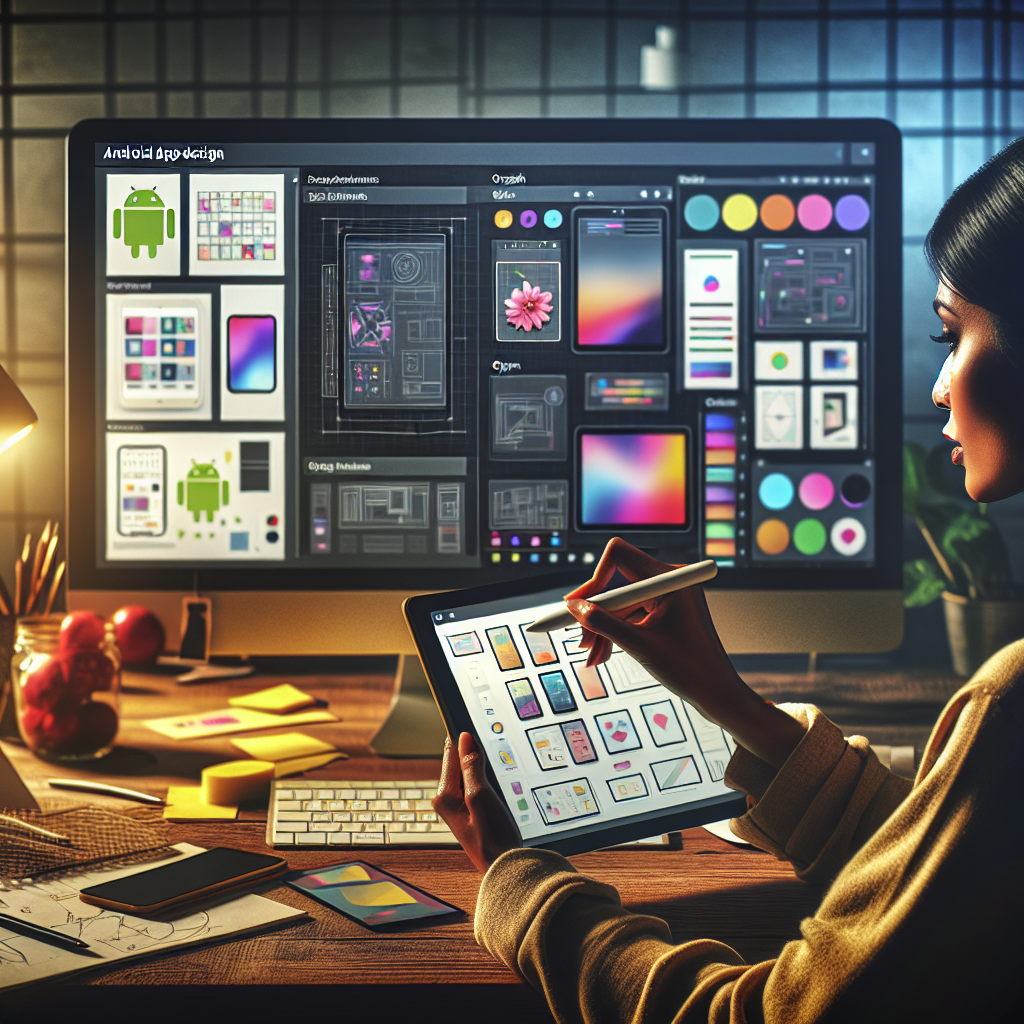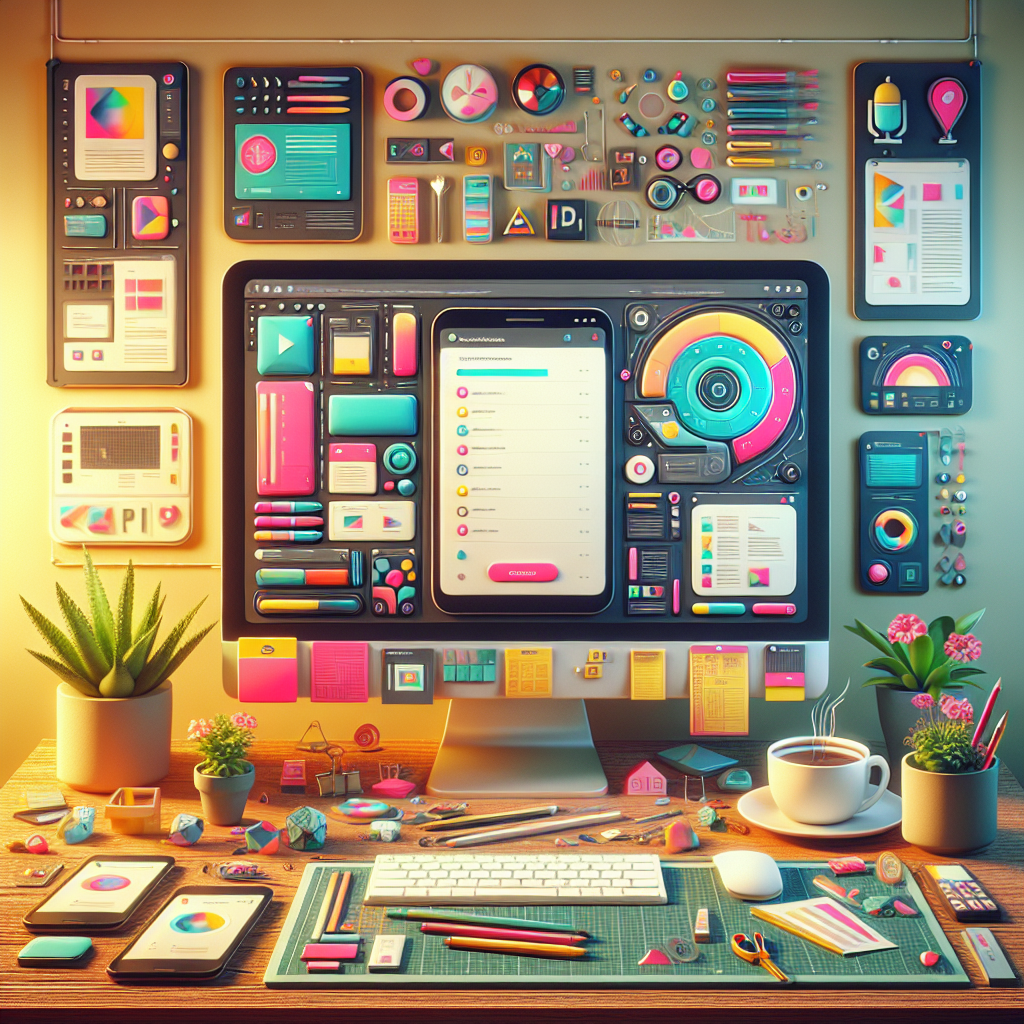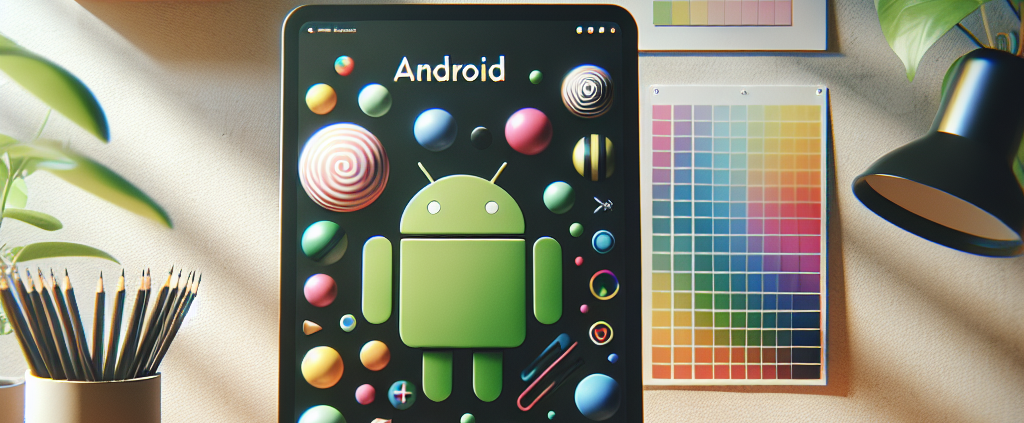Free PSD Download: Android App Design Tips
The world of Android app design is dynamic and constantly evolving, demanding creative solutions and innovative approaches from developers and designers alike. As Android continues to dominate the mobile operating system market, the demand for well-designed applications is higher than ever. Understanding the foundational principles of Android app design is crucial for creating applications that are not only visually appealing but also intuitive and user-friendly.
Designers often begin their journey by exploring free PSD downloads, which serve as invaluable resources during the design process. These PSD files offer a starting point, allowing designers to understand standard layouts, color schemes, and interface elements that resonate with users. With these resources, designers can focus on honing their skills and experimenting with different styles to bring their creative visions to life.
Moreover, Android app design is not just about aesthetics; it’s about crafting a seamless user experience. This involves thoughtful consideration of navigation patterns, interaction models, and the overall user journey. By prioritizing these aspects, designers can ensure their apps are not only beautiful but also functional and efficient.
For businesses and startups looking to make a mark in the competitive app market, investing in quality design is non-negotiable. A well-designed app can significantly enhance user engagement and retention, ultimately driving success and profitability. Ready to transform your app idea into reality? Get a free quote from NS804 and leverage our expertise in creating high-performance Android applications.
Benefits of Using Free PSD Downloads

Utilizing free PSD downloads in Android app design offers a plethora of advantages that can streamline the design process and enhance creativity. These files, often crafted by experienced designers, provide a solid foundation for building visually appealing and functionally robust applications. By leveraging these resources, designers can save significant time and effort, allowing them to focus more on refining the user experience and adding unique elements to their projects.
One of the primary benefits of using free PSD downloads is the opportunity to access professionally designed templates and layouts, which can serve as an excellent starting point for app design. These templates often incorporate best practices in design, ensuring that the final product adheres to industry standards and trends. Moreover, they provide a comprehensive view of how different design elements come together, offering insights into color schemes, typography, and spacing.
Another advantage is the ability to customize and adapt these templates to fit specific project requirements. Designers can modify layers, adjust colors, and tweak elements to align with the app’s branding and target audience. This flexibility fosters creativity and experimentation, enabling designers to push the boundaries of conventional design.
Furthermore, using free PSD downloads can significantly reduce the learning curve for novice designers. By studying these files, they can gain a deeper understanding of design principles and techniques, accelerating their growth and proficiency in app design. Overall, free PSD downloads are invaluable tools that can elevate the quality and efficiency of Android app design projects.
Finding High-Quality PSD Resources

Discovering high-quality PSD resources for Android app design is crucial for creating exceptional apps. These resources act as a backbone for designers, providing them with the necessary tools to craft visually stunning and intuitive interfaces. However, finding the right PSD files can be challenging, given the vast array of options available online.
To start, leverage search engines by using targeted keywords like “free PSD download Android app design” to explore various platforms offering PSD files. Websites such as Dribbble, Behance, and DeviantArt are renowned for their rich collections of design resources shared by creative professionals worldwide. These platforms not only provide high-quality PSDs but also offer inspiration through community feedback and discussions.
Another effective strategy is to follow renowned designers and design studios on social media platforms like Twitter, Instagram, and LinkedIn. Many designers often share their work, including PSDs, as part of their portfolio showcasing efforts. Engaging with these creators can lead to discovering exclusive resources that are not widely publicized.
Additionally, subscribing to design newsletters and blogs can keep you updated on the latest trends and releases in PSD resources. Websites like Smashing Magazine and Design Shack frequently feature curated lists of free and premium PSD templates, ensuring you always have access to fresh and innovative design assets.
By employing these strategies, you can easily find high-quality PSD resources that will significantly enhance the design and functionality of your Android applications, setting them apart in the competitive app market.
Design Tips for Android App Success
Creating a successful Android app requires more than just coding prowess; it demands a keen eye for design that resonates with users. To achieve this, consider these essential design tips that can lead to your app’s success:
- Understand the User Journey: Begin by mapping out the user journey to ensure that every interaction is intuitive and seamless. This involves understanding your target audience’s needs and preferences, enabling you to tailor the app’s design to meet their expectations.
- Utilize Material Design Principles: Google’s Material Design guidelines offer a robust framework for creating visually appealing and functional Android apps. By incorporating elements like responsive animations, grid-based layouts, and depth effects, you can enhance the user experience significantly.
- Prioritize Usability: Usability should be at the forefront of your design process. This means ensuring that navigation is straightforward, buttons are easily accessible, and the app’s primary functions are immediately apparent to users.
- Optimize for Different Screen Sizes: Android devices come in various shapes and sizes. Designing for multiple screen resolutions ensures that your app maintains its functionality and visual appeal across different devices, providing a consistent user experience.
- Focus on Performance: A visually stunning app is ineffective if it’s sluggish. Optimize your app’s performance by minimizing load times, and ensure that animations and transitions are smooth.
By integrating these tips into your Android app design process, you can create an engaging and user-friendly app that stands out in the crowded app marketplace. Remember, the key to success lies in balancing aesthetics with functionality, ensuring users have an enjoyable experience with your app.
Integrating PSDs into Your Workflow

Incorporating Photoshop Document (PSD) files into your Android app design workflow can significantly boost your efficiency and creativity. PSDs are layered image files that provide designers with the flexibility to fine-tune visual elements and create detailed app interfaces. Here’s how you can seamlessly integrate PSDs into your workflow:
- Start with a Clear Design Plan: Before diving into PSDs, outline your app’s design requirements. Knowing what you need will help you choose or create PSD templates that align with your app’s goals, ensuring a streamlined design process.
- Choose High-Quality PSD Templates: There are numerous free PSD downloads available online, offering a variety of design elements like buttons, icons, and layout components. Select templates that are well-organized and easy to customize to save time and maintain consistency across your app’s interface.
- Use PSDs for Prototyping: PSDs are excellent tools for prototyping. They allow you to quickly visualize the app’s layout and functionality, enabling you to make necessary adjustments before committing to code. This step can prevent costly design changes later.
- Leverage Layer Management: PSDs offer layered editing, which is crucial for efficient design. Keep your layers organized and labeled to facilitate easy modifications and collaboration with team members or clients.
- Convert PSDs to Android-Ready Assets: Once your design is finalized in PSD, convert the elements into Android-compatible assets. Tools like Adobe XD or Sketch can assist in exporting your designs into a format that developers can implement seamlessly.
By effectively integrating PSDs into your workflow, you can enhance your app design process, resulting in a more polished and visually appealing product. This approach not only saves time but also ensures that your design aligns perfectly with your app’s functionality and user expectations.
Conclusion on Android App Design

In conclusion, mastering the art of Android app design is a journey that combines creativity, technical skill, and an understanding of user needs. By leveraging resources such as free PSD downloads, designers can enhance their workflows, create visually appealing interfaces, and ensure that their apps stand out in a competitive market. These resources not only provide a foundation for creativity but also serve as a stepping stone to more advanced design techniques.
Remember, the key to effective app design lies in a balance between aesthetics and functionality. By integrating PSDs, maintaining a user-centered approach, and continuously iterating on feedback, designers can create intuitive and engaging experiences that resonate with users. This process not only boosts user satisfaction but also contributes to the app’s long-term success.
As you embark on your app design journey, consider partnering with experts who can guide you through the complexities of the mobile app landscape. At NS804, we specialize in turning ideas into high-performing apps, ensuring that each project is delivered on time and within budget. Get a free quote today and take the first step towards bringing your app vision to life.





Leave a Reply
Want to join the discussion?Feel free to contribute!